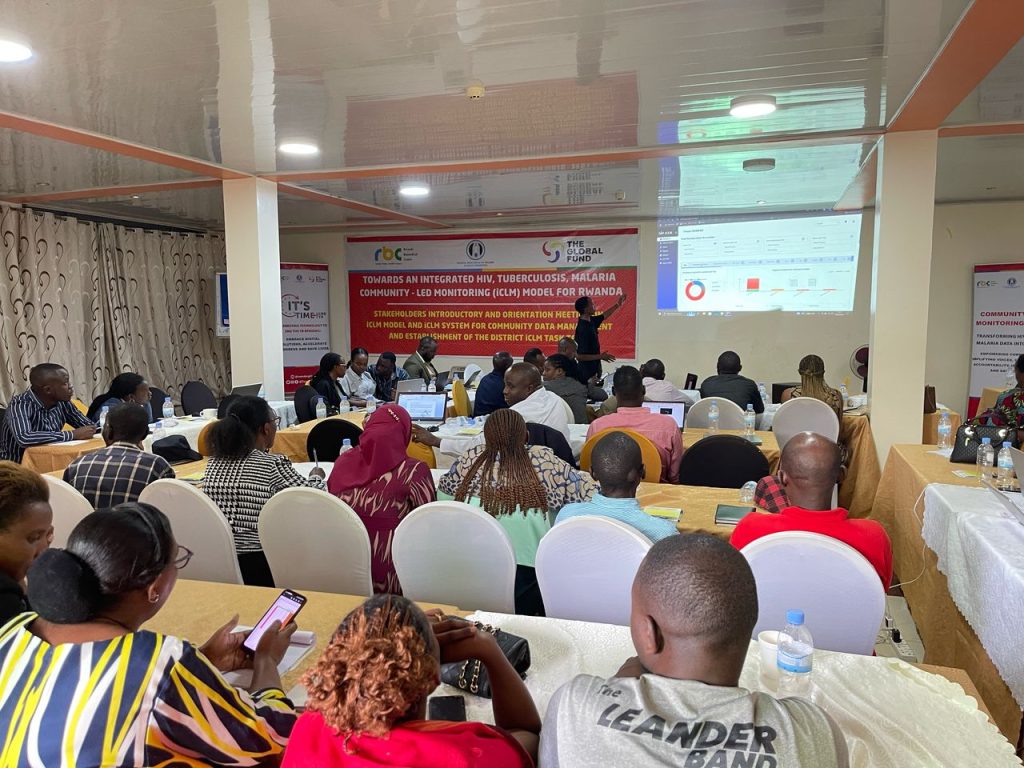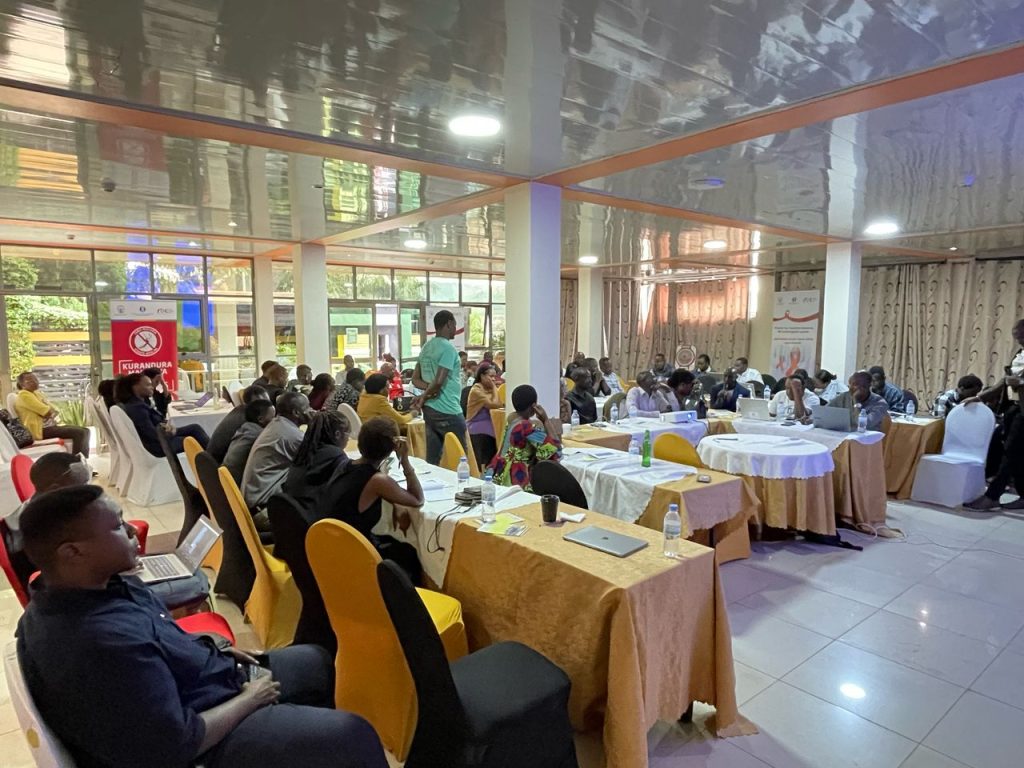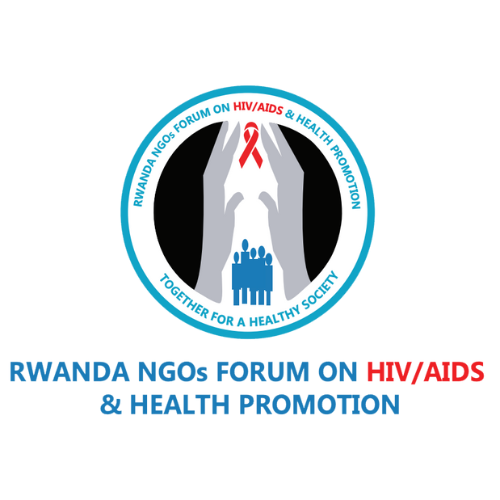Community Led Monitoring: An Overview
Community Led Monitoring (CLM) is a powerful approach recognized by a number of key actors in the health field as an effective and useful tool for improving accessibility, affordability and quality of health services for key populations and other vulnerable groups.
The Global Fund defines CLM as a “Mechanism that service users or local communities use to gather, analyze and use information on an ongoing basis to improve access to, quality and the impact of services, and to hold service providers and decision makers to account”. CLM mechanisms provide service users and communities a platform to gather qualitative and quantitative data and use it to assess availability, accessibility, acceptability, equity, and quality of the services they receive. It aims to hold service providers and decision makers accountable for meeting the needs of beneficiaries.
The Global Fund supports community-led monitoring as it is an effective way to learn from communities on how to improve health services and respond to human rights and gender barriers to health.
PEPFAR defines CLM as a technique initiated and implemented by local organizations and other civil society groups, networks of key populations (KP), people living with HIV (PLHIV), and other affected groups, or other community entities that gather quantitative and qualitative data about HIV services. The focus is on getting input from recipients of HIV services in a routine and systematic manner that will translate into action and change.
On the other hand, UNAIDS defines CLM as an accountability mechanism for the improvement of service quality and access. CLM is led and implemented by local community-led organizations of people living with HIV, networks of key populations and other affected groups.

CLM uses a structured platform and rigorously trained peer monitors to systematically and routinely collect and analyze qualitative and quantitative data on service delivery. It uses these data to establish rapid feedback loops with programme managers and health decision-makers. CLM should not be confused with community-based HIV service delivery or with the routine collection and reporting of internal programme data by community-led organizations.
CLM is recognized as an accountability mechanism for HIV and other health programs at different levels, led and implemented by local community-led organizations of people living with HIV, networks of key populations, other affected groups or other community entities. CLM data builds evidence on what works well, what is not working and what needs to be improved, with suggestions for targeted action to improve outcomes.
Objectives of the iCLM
The primary goal of the integrated community led monitoring (iCLM) model in Rwanda is to strengthen the delivery of HIV, TB and malaria services amongst key and vulnerable populations (high risk groups) for HIV, TB and Malaria by empowering and facilitating communities to challenges and barriers to their access to and quality preventive and curative services, and the timely resolution of the same to facilitate improvements on the same.
1. To capacitate and empower KVPs and HRGs, institutions and networks to utilize service users’ feedback to identify and resolve challenges to quality HIV, TB and malaria health services in Rwanda.
2. To assess the accessibility, availability, affordability and quality of HIV, TB and Malaria services delivered health facility and community level by the ministry of health through the HIV, TB and malaria programs, and by CSOs.
3. To promote data collection and use, and accountability mechanisms amongst communities, community led and civil society organizations in Rwanda.
4. To strengthen community and stakeholder engagement, and advocacy to in the resolution of challenges affecting the AAAQ of HIV, TB and malaria services at facility and community level in Rwanda

CLM Results in...
Holds both government and non-governmental service providers responsible for meeting the needs of the communities affected by HIV, TB and Malaria.
Strengthens community engagement and a sense of ownership in health initiatives, leading to more sustainable solutions.
Identifies gaps and weaknesses in the health system, informing targeted improvements.
Highlights human rights and gender-related barriers to accessing services, ensuring no one is left behind.
Monitors budgets and helps prevent stock outs of essential medical supplies, commodities and management of infrastructure.
